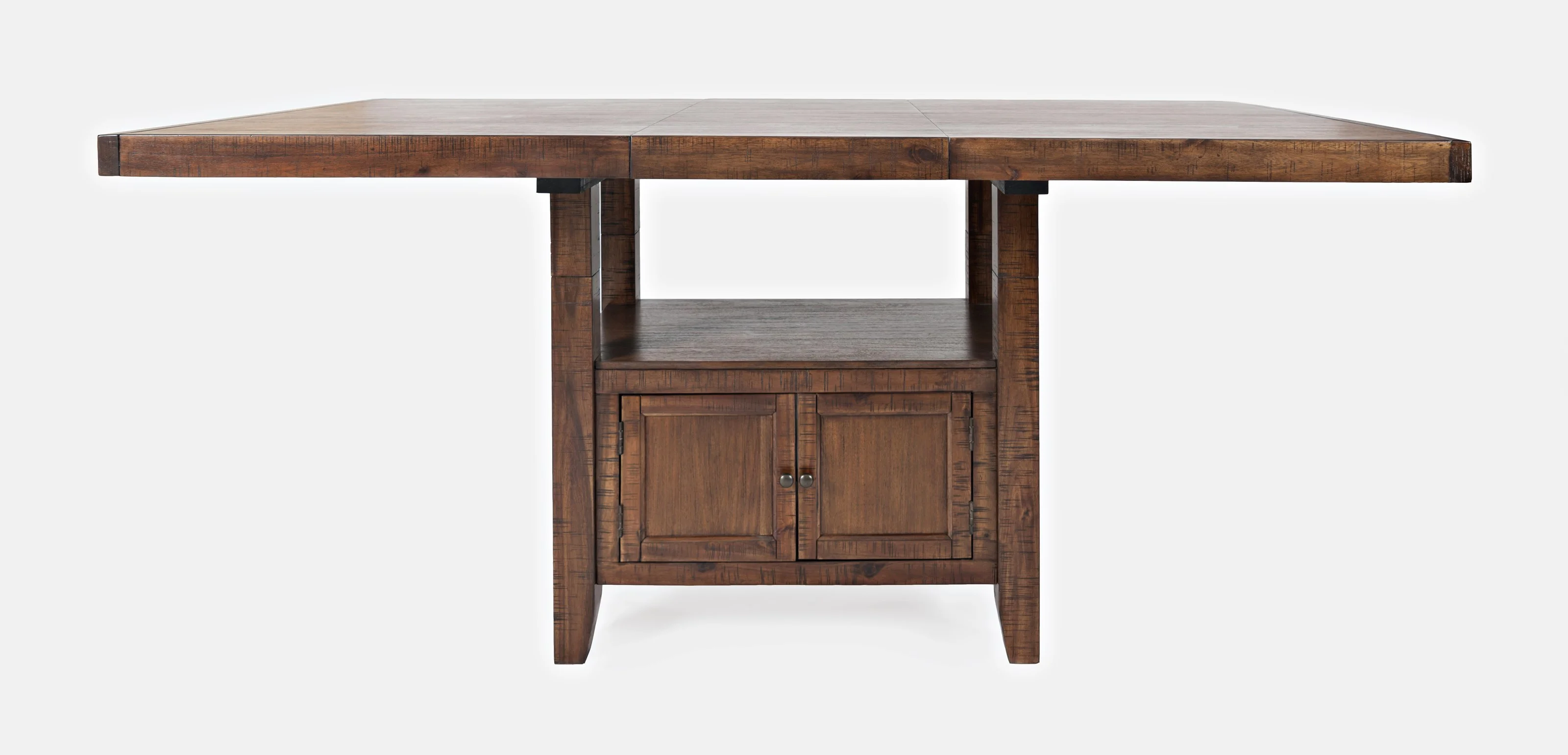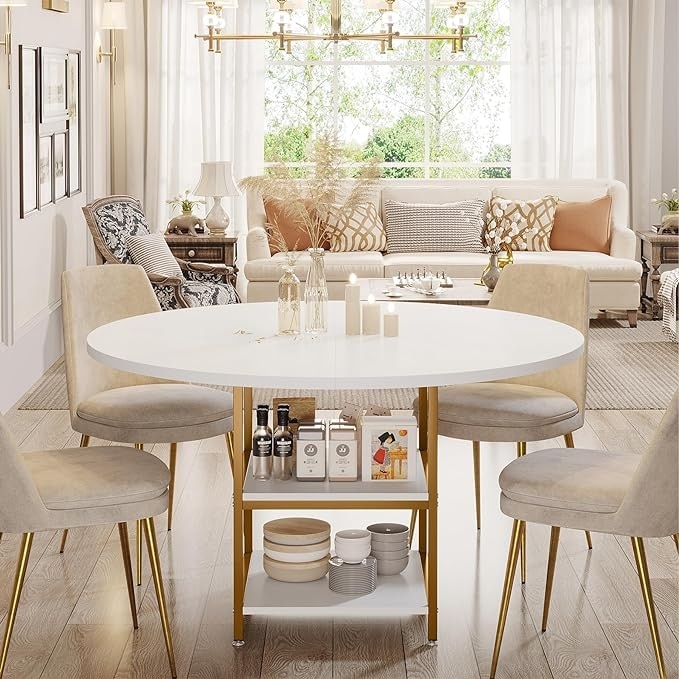From Traditional to Modern: Discover the Perfect Dining-room Table Legs for Your Style
While classic designs such as cabriole and turned legs stimulate a feeling of timeless elegance, contemporary designs like barrette and geometric alternatives offer an opportunity for striking visual rate of interest. As you take into consideration these aspects, the question stays: exactly how can you seamlessly incorporate these diverse leg designs to develop a harmonious dining experience?
Comprehending Table Leg Styles
The range of dining space table leg styles can substantially affect both the aesthetic appeals and performance of the space. Each leg design adds unique aesthetic components and practical attributes, satisfying diverse layout choices and use needs. Comprehending these styles is critical for picking the best eating table that straightens with your overall indoor design vision.
As an example, tapered legs offer a tidy, timeless look that can boost an area's elegance, while pedestal bases provide stability and optimize legroom, making them perfect for smaller sized spaces. Hairpin legs, a trademark of mid-century modern-day design, present an industrial panache, enabling an airy, open feel. In a similar way, trestle legs stimulate rustic charm, giving durable assistance and a sense of eternity.
Wooden legs can bring heat and texture, whereas metal options usually share a streamlined, modern vibe. Inevitably, understanding table leg designs is important for developing a cohesive dining location that mirrors individual design while guaranteeing functionality and comfort.
Typical Table Leg Options
When picking dining room table legs, conventional options typically symbolize classic style and workmanship. These styles reflect an abundant heritage and a commitment to quality, making them suitable for those that appreciate classic aesthetic appeals.
Among one of the most legendary conventional leg designs is the cabriole leg, characterized by its graceful curved shape. This layout frequently features ornamental makings and is most frequently located in Queen Anne and Chippendale furniture. One more popular option is the turned leg, which flaunts a collection of smooth, rounded shapes that provide a classic look while preserving security.
Moreover, the straight leg, while basic, uses a unadorned and sturdy structure that can mix flawlessly with a variety of tabletop styles. For those attracted to ornate describing, claw-and-ball feet legs stimulate a sense of magnificence and can function as a spectacular prime focus in any kind of dining room.
Lastly, pedestal bases, although not strictly legs, supply an alternate typical choice that allows for adequate legroom and can be wonderfully sculpted. Each of these conventional leg styles adds to the general ambiance of an eating room, weding function with aesthetic charm.

Modern Table Leg Designs
Modern table leg designs provide a varied series of styles that stress clean lines and cutting-edge products. These styles typically focus on performance while working as striking focal points within a dining area. Minimalist aesthetic appeals are prevalent, with legs crafted from products such as steel, glass, and engineered timber, which add to a contemporary and airy feeling.
One popular layout is the hairpin leg, identified by its slender, conical framework that supplies stability without frustrating the tabletop (dining room table legs). This style is frequently found in mid-century contemporary furnishings and can easily enhance numerous dining table shapes. An additional fad is using geometric shapes, where legs may tackle asymmetrical or angular kinds, adding aesthetic passion and a touch of artistry

Mixing Designs for Distinct Rooms
Often, property owners seek to develop one-of-a-kind dining areas that reflect their individual style by blending numerous style aspects. This method enables the incorporation of diverse aesthetic appeals, leading to an unified yet unique environment. Coupling a rustic wood table with sleek, modern-day steel legs can my link produce an attractive comparison that raises the room's total charm.
Furthermore, incorporating vintage table legs with modern tabletops can stimulate a feeling of history while keeping a contemporary sensibility. Such mixes not only display individual taste yet likewise encourage creative thinking, allowing property owners to curate a room that feels both individual and inviting.
Shade plays a vital duty in this blending procedure; selecting table legs that match or comparison with the existing color system can improve aesthetic wikipedia reference rate of interest. Whitewashed legs can soften the boldness of a dark table surface area, creating a balanced aesthetic.
Tips for Picking the Right Legs
Selecting the right table legs is crucial for achieving both performance and aesthetic appeal in your dining area. Begin by considering the general design of your room. Standard setups benefit from legs that feature detailed carvings or turned designs, while contemporary areas might call for sleek, minimalist designs.
Following, evaluate the height and security of the legs. dining room table legs. Basic eating tables vary between 28 to 30 inches in height, so make sure the legs enhance this dimension for comfort. Furthermore, durable products, such as wood or steel, can boost stability and durability
Examine the leg form too-- options include straight, tapered, or pedestal styles. Straight legs use a timeless appearance, while conical legs can include a touch of style. Pedestal bases provide enough legroom and are ideal for smaller sized spaces.
Final Thought
In summary, choosing the ideal dining room table legs calls for cautious consideration of both modern and conventional designs. By balancing leg style, elevation, and product with the general decoration, a cohesive and welcoming atmosphere can be achieved.
The variety of eating space table leg styles can dramatically influence both the looks and capability of the room. Inevitably, comprehending table leg styles is crucial for producing a cohesive dining location that reflects personal design while guaranteeing practicality and convenience.One of the most legendary typical leg designs is the cabriole leg, identified by its graceful bent shape. Straight legs use a classic appearance, while conical legs can add a touch of elegance.In recap, selecting the suitable eating room table legs requires careful consideration of both contemporary and typical designs.